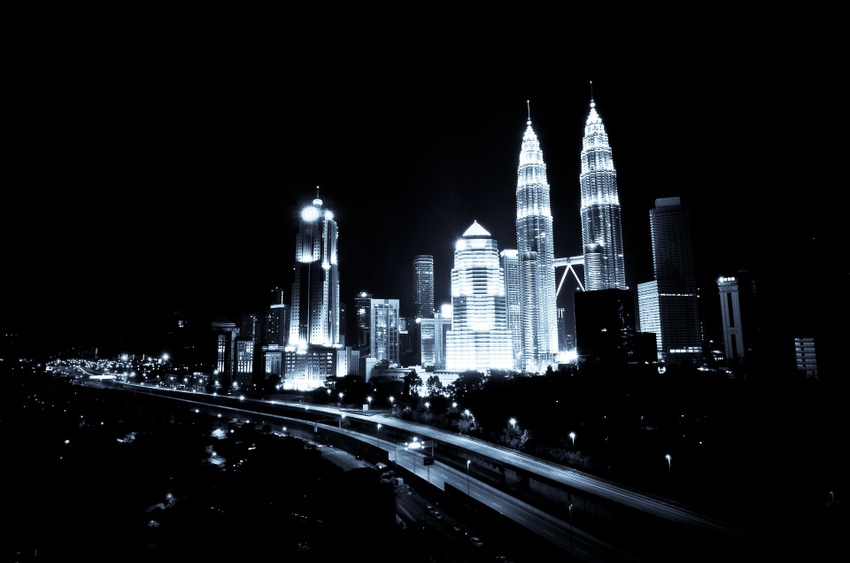We want our cities to be as convenient as the apps on our phones. But it'll be a while before connectivity transforms our urban regions into smart cities any time soon.
December 9, 2016

Probably the most buzzed about subset of the Internet of Things (IoT) outside of the Industrial IoT is the smart city -- the idea that all of the services within a city, from transportation to emergency services and beyond, will someday be just as interconnected as machines in a smart factory. Imagine a world in which your self-driving car is capable of adjusting its route because of real-time updates from the grid and contacting emergency services in the event of an accident and you start to get a basic idea of just one function of a smart city.

Yes, the idea of a smart city is a lofty ambition. In 2015 the White House even announced a Smart Cities Initiative, “that will invest over $160 million in federal research and leverage more than 25 new technology collaborations to help local communities tackle key challenges such as reducing traffic congestion, fighting crime, fostering economic growth, managing the effects of a changing climate, and improving the delivery of city services.”
Various cities across the world including Amsterdam and Stockholm have announced a number of smart city projects, but the world has yet to see it's first fully smart city.
Or maybe it has? According to David Witkowski, executive director of Joint Venture Silicon Valley, it turns out people have trouble agreeing even on the definition of a smart city. Joint Venture is an organization that provides analysis and action around innovative projects in the Silicon Valley area. Speaking at ESC Silicon Valley, Witkowski pointed to a focus group on smart sustainable cities, conducted by ITU, the United Nations specialized agency for information and communication technologies, that found over a hundred working definitions of a smart city, “they even added their own ... because why not?” Witkowski added.
For the record ITU's definition of a smart city is: “An innovative city that uses information and communication technologies (ICTs) and other means to improve quality of life, efficiency of urban operation and services, and competitiveness, while ensuring that it meets the needs of present and future generations with respect to economic, social, environmental as well as cultural aspects.”
According to Witkowski, a clear definition is the least of the hurdles facing smart cities. A survey conducted as a part of Joint Venture's Smart Region Initiative found various problems ranging from financial costs to educational. In a municipal survey of 360 subjects that received 50 respondents, 40.9% told Joint Venture they're “developing smart cities strategies.” Among those 75% listed roads and traffic and another 72.7% listed civil engagement (health, utilities, and other public services) as a top priority. However, Witkowski said the survey revealed a lack of coordinated strategy among respondents. “There was no particular agreement on which office or department should take the lead on smart city projects,” he said. Survey answers were varied, but the highest percentage (27.3%) believed the public works departments should undertake the task, “which adds more considerations like training and perhaps redefining these departments,” Witkowski added.
Other major challenges listed by respondents were lack of funding (68.2%), lack of understanding and knowledge (36.4%), and lack of Inter-departmental alignment (29.5%). The silver lining is that respondents also recognized this challenge, with 86.4% of respondents saying they felt alignment was either “necessary,” “very necessary,” or “critical.”
However, Witkowski said Joint Venture Silicon Valley believes a regional strategy is the best way forward for smart cities. In our increasingly connected society, researchers have been looking to classify areas as “megaregions” defined by a combination of economic, transportation, topographical, and cultural connections. In 2010, Frost and Sullivan released a report, “Top 20 Global Mega Trends and Their Impact on Business, Cultures and Society” and predicted that by 2025 there will be about 40 smart cities globally using some combination of what Frost defines as, “Smart Economy, Smart Buildings, Smart Mobility, Smart Energy, Smart Information Communication and Technology, Smart Planning, Smart Citizen, and Smart Governance” technologies.
While the challenges are certainly clear there's also a hefty demand, albiet one that must be offset by the headaches inherent in running any functional city. “We want government to be like Uber,” Witkowski said, “But cities can't fail fast in the same way that tech companies can. So they want to ensure the best use of dollars. But when you can get more services and information from your smartphone than your city there's a problem.”
Chris Wiltz is the Managing Editor of Design News
About the Author(s)
You May Also Like



